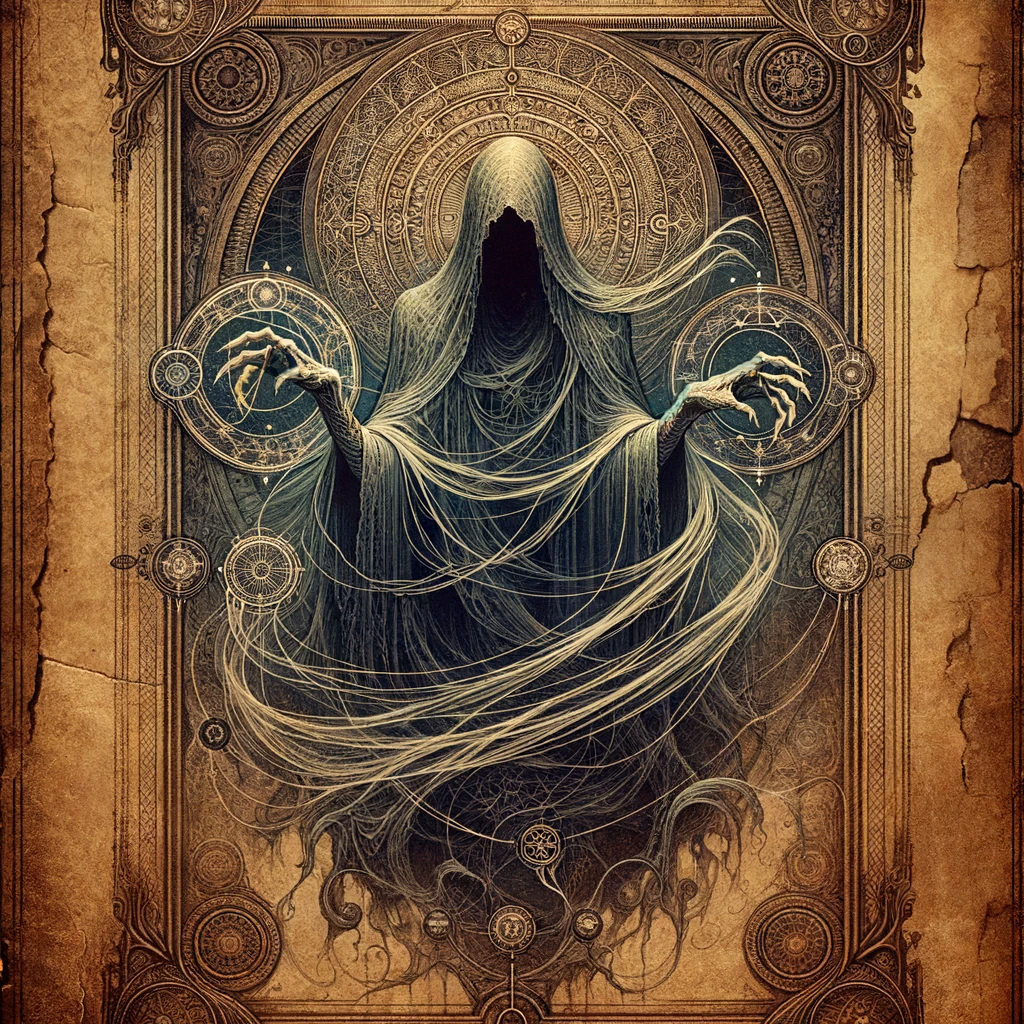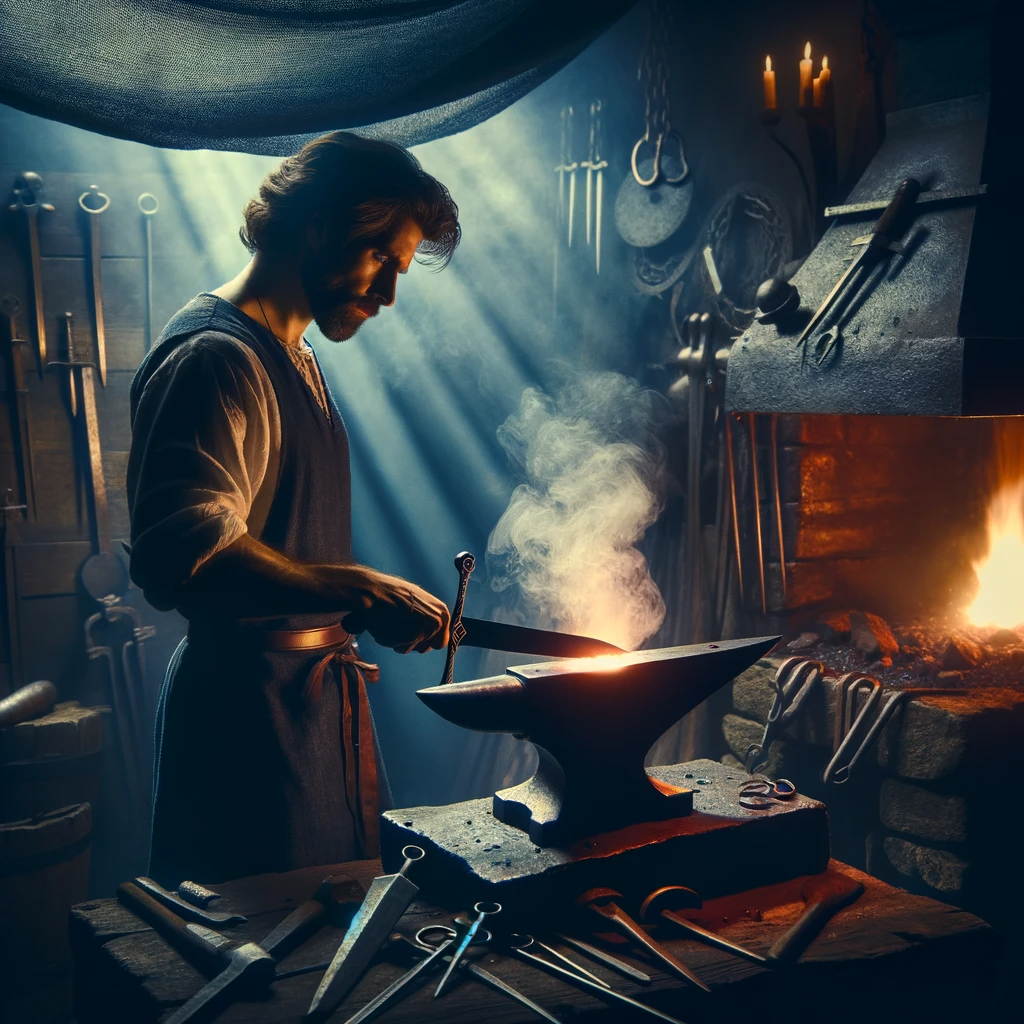Story about Fateweaver

Fateweaver encapsulates a mythical entity from folklore, symbolizing the intricate and enigmatic control over destiny, depicted through a Gothic lens in art and storytelling.
- A mythical figure from folklore embodying the concepts of destiny and equity. According to myths, a fateweaver invisibly crafts a person’s destiny thread, constantly maintaining a balance between fairness and unfairness.
- In contemporary parlance, “fateweaver” is used to describe someone who seemingly has a remarkable ability to foresee or sway the outcomes of events, as though they have the power to shape destiny itself.
- Satirically, “fateweaver” might refer to someone who assumes they have control over circumstances, yet in truth, they lack real influence or expertise.
Story about Fateweaver
In the somber hamlet of Elden, nestled in the shadow of brooding mountains, there existed a tale passed down through generations – the tale of the Fateweaver. This enigmatic figure, cloaked in the mysteries of the Dark Ages, was said to roam the edges of reality, weaving the destinies of men and kingdoms with invisible threads. Whispers in the tavern and around hearths spoke of a shadowy, ethereal presence, one that could bend the course of fate with a mere flick of their delicate fingers.
On a particularly bleak winter’s night, a young blacksmith named Alaric encountered the Fateweaver. His forge had grown cold, and despair clung to him like a shroud; his beloved, Elara, had fallen gravely ill, and no healer in Elden could cure her mysterious ailment. As he wandered through the frost-laden woods seeking solace, a faint, otherworldly whisper beckoned him. There, amidst the gnarled trees, stood the Fateweaver, their form shimmering like a mirage under the moon’s pale gaze.

The Fateweaver spoke in riddles, their voice a melody that seemed to echo from another world. “The threads of fate are tangled, young smith,” they intoned. “To save your beloved, a great sacrifice must be made. Forge a blade, not of iron or steel, but of your deepest fears and purest love. Only then can the threads be rewoven.” Bewildered yet determined, Alaric returned to his forge, his heart heavy with a mix of dread and hope.
Nights turned into days, and days into nights, as Alaric toiled tirelessly, pouring every ounce of his fear, love, and soul into the creation of the blade. When he finally emerged, gaunt but resolute, he held in his hands a weapon that glowed with an otherworldly light. The Fateweaver appeared once more, taking the blade and slicing through the air, as if cutting a visible thread. A gust of wind swept through the forest, and the Fateweaver vanished. Alaric rushed back to his beloved, only to find her awake, her illness cured, her eyes reflecting the same unearthly light as the blade he had forged. The Fateweaver’s work was done, and their legend lived on, shrouded in the mysteries of the Dark Ages.